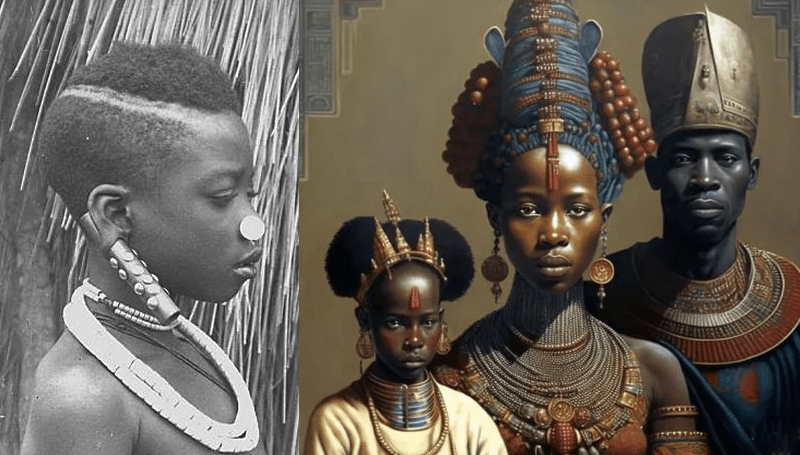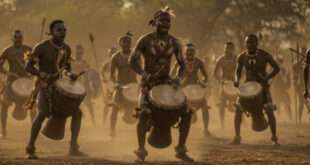The Democratic Republic of Congo is a land of rich and diverse cultures, and among them, the Luba culture shines as a fascinating tapestry of history, art, and social structure. The Luba people, mainly residing in the southern and central regions of the country, have cultivated a unique way of life that blends tradition and modernity. In this article, we’ll delve into the fascinating world of Luba culture, exploring its art, social organization, spiritual practices, and more.
A Glimpse into Luba Artistry
One of the most captivating aspects of Luba culture is its art. Luba artistry is renowned for its intricate woodcarvings, sculptures, and masks. These artistic creations not only serve as aesthetic expressions but also convey deep cultural meanings. The masks, for instance, are often used in various ceremonies, including initiations and funerals, and are believed to connect the living with the spirit world.
Luba sculptures and wooden carvings, on the other hand, are a testament to the skill and creativity of Luba artisans. They often depict prominent figures in Luba history and mythology, making them invaluable tools for storytelling and preserving the cultural heritage.
Matrilineal Kinship and the Role of Women
The social structure of the Luba people is distinctive, as it is built around a matrilineal system. In Luba society, lineage and inheritance are traced through the mother’s side of the family. This unique social arrangement underscores the important role of women in Luba culture. Women often occupy influential positions within their communities, and their decisions and guidance hold great significance.
Spiritual Practices and Ancestral Worship
Luba culture is deeply rooted in spiritual practices and beliefs. Ancestor worship is a central element of Luba spirituality. The Luba people believe in maintaining a strong connection with their ancestors, who are considered guardians and protectors of the living. Ancestral spirits are believed to influence daily life and are revered through rituals, ceremonies, and offerings.
Additionally, divination plays a vital role in Luba spirituality. Diviners, known as “balonda,” interpret signs and symbols to provide guidance and insights into various aspects of life, including health, relationships, and community matters.
Music, Dance, and Luba Identity
Music and dance are integral to Luba culture. The rhythmic beats of drums, melodic tunes of traditional instruments, and lively dances such as the “ilombo” and “kazino” are not only forms of entertainment but also significant cultural expressions. These artistic traditions are employed in various ceremonies and celebrations, from weddings to communal gatherings, reflecting the joy and unity of the Luba people.
Conclusion
The Luba culture of the Democratic Republic of Congo stands as a testament to the depth and diversity of African heritage. With its captivating art, unique social structure, and profound spiritual practices, it continues to shape the lives of the Luba people while preserving the rich tapestry of their history and traditions. As the world evolves, the Luba culture remains a source of inspiration and pride, a beacon of African cultural identity.
 The African History Truly African
The African History Truly African

